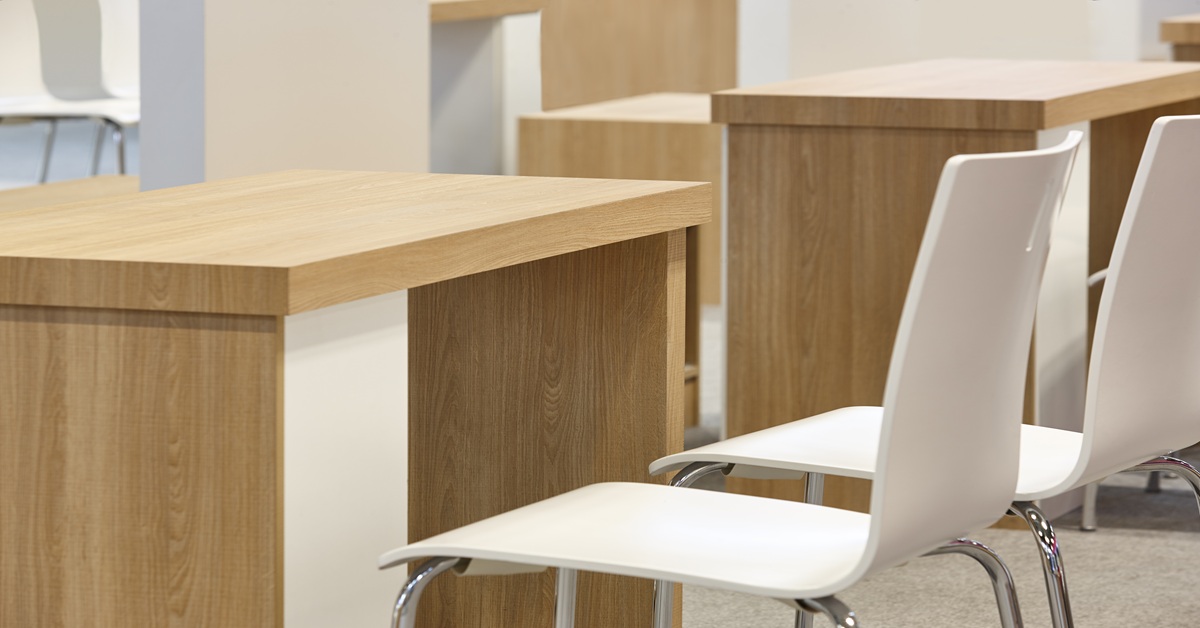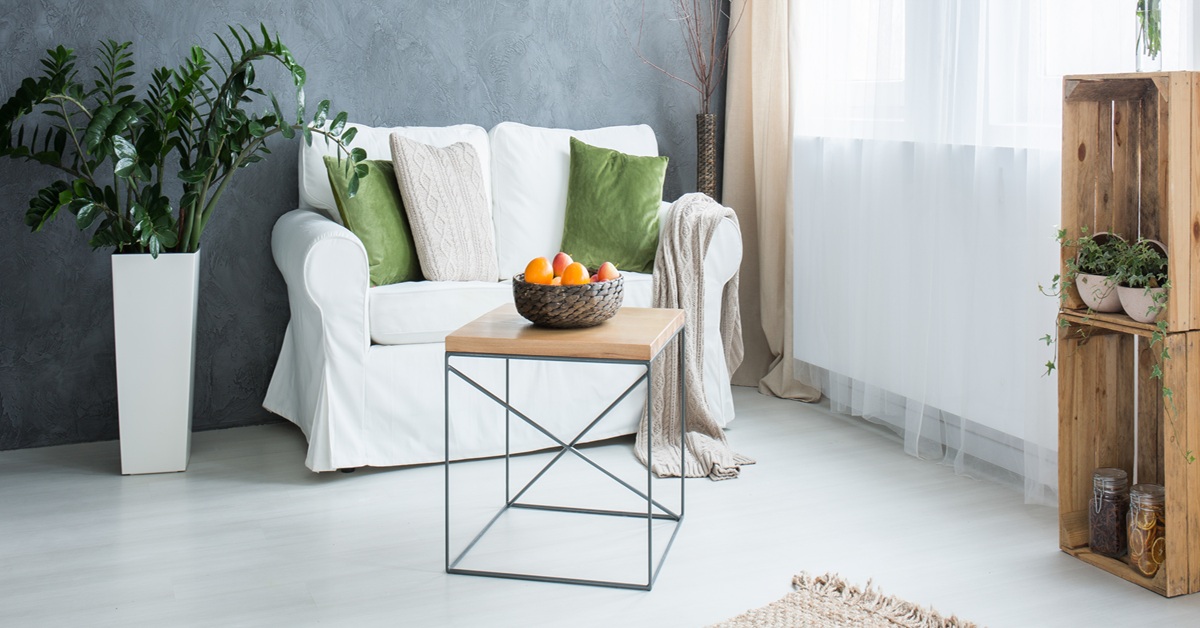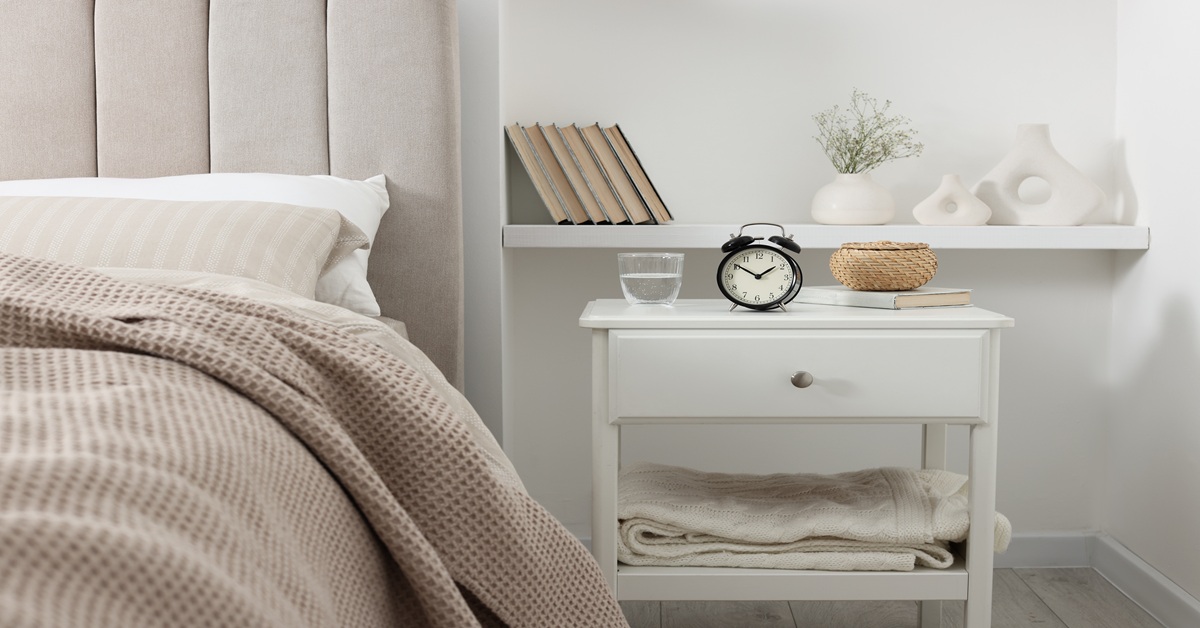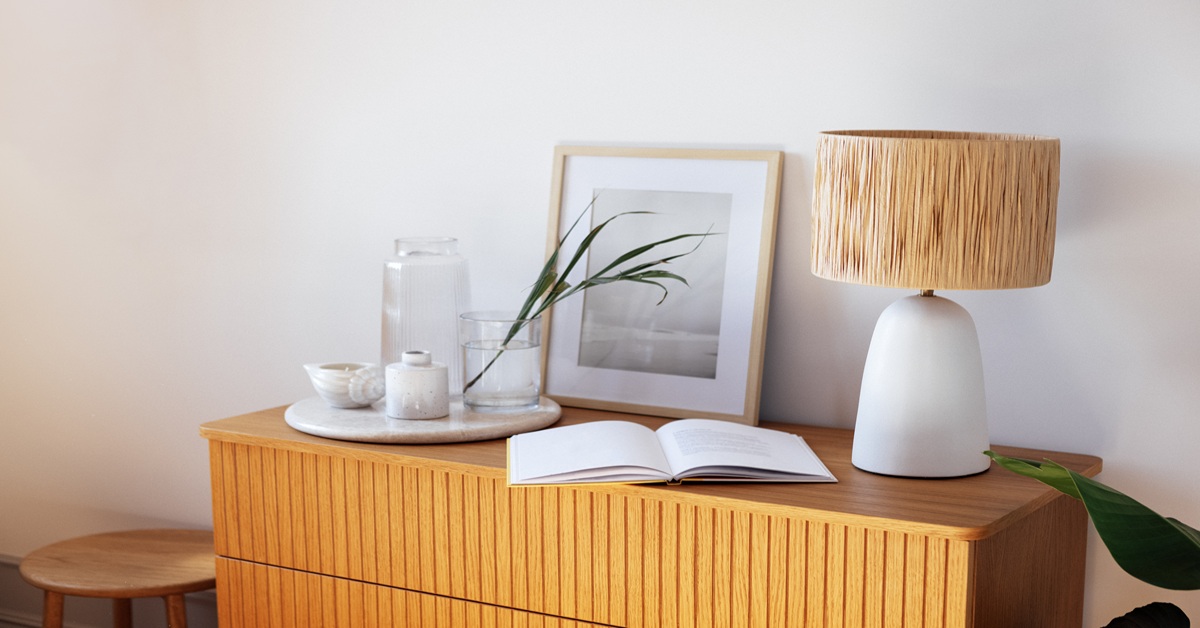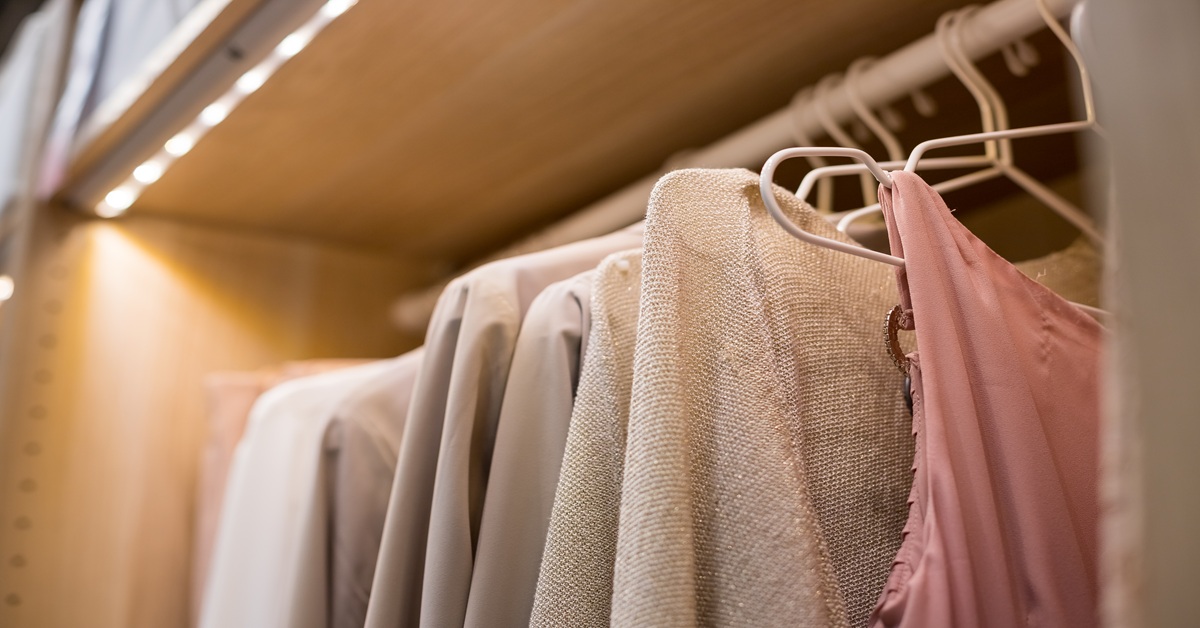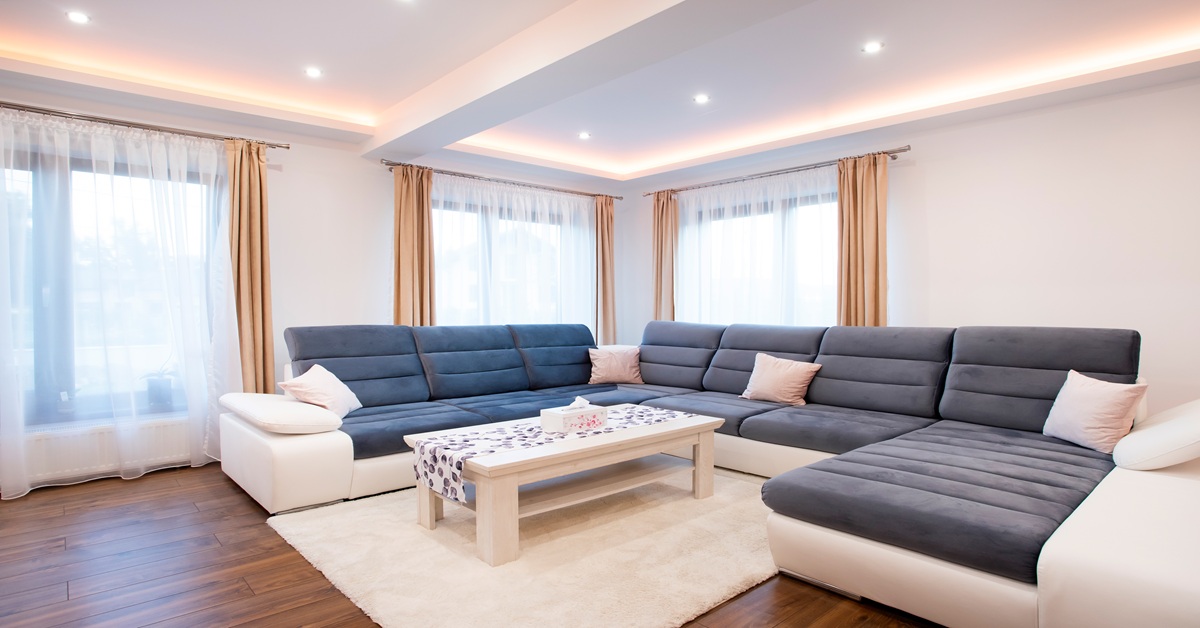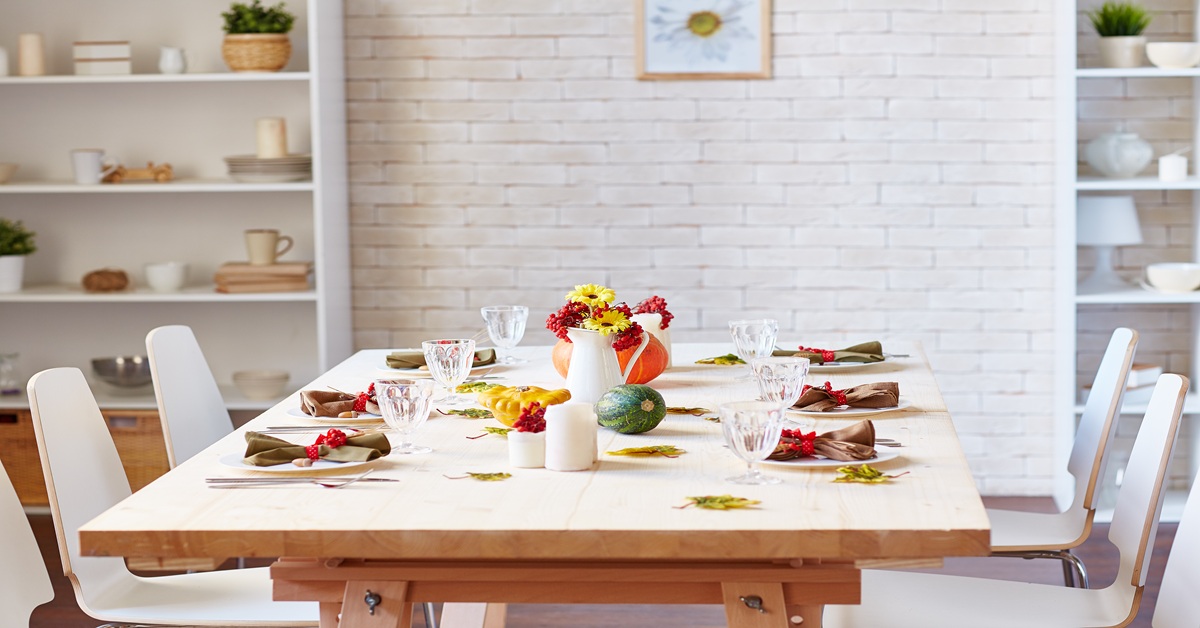In recent years, the construction and furniture industries have seen significant advancements in materials that offer better durability, sustainability, and aesthetic appeal. One such innovative material is WPC plywood, which stands for Wood-Plastic Composite plywood. WPC plywood combines the best characteristics of wood and plastic, resulting in a versatile and robust product that is gaining popularity in various applications. In this blog, we will delve into the world of WPC plywood, exploring its features, benefits, applications, and why it is considered a revolutionary material in modern construction and design.
What is WPC Plywood?
WPC plywood is an engineered composite material made by combining wood fibers or wood flour with thermoplastics such as polyethylene, polypropylene, or polyvinyl chloride. The mixture is heated and extruded into sheets, which can be used similarly to traditional plywood. This combination results in a product that retains the natural appearance of wood while gaining the enhanced properties of plastic.
Key Features of WPC Plywood
1. Durability and Strength: WPC plywood is known for its exceptional durability and strength. The addition of plastic makes it resistant to cracking, splitting, and warping, which are common issues with traditional wood. This makes it ideal for applications that require long-lasting performance.
2. Water and Moisture Resistance: One of the standout features of WPC plywood is its resistance to water and moisture. Unlike traditional plywood, WPC does not absorb water, making it highly suitable for use in areas prone to humidity and moisture, such as bathrooms, kitchens, and outdoor furniture.
3. Termite and Pest Resistance: WPC plywood is inherently resistant to termites and other wood-boring pests. This is a significant advantage over natural wood, which is susceptible to damage from insects and pests, leading to costly repairs and replacements.
4. Eco-Friendly: WPC plywood is an environmentally friendly option as it utilizes recycled wood fibers and plastics. The production process also generates less waste compared to traditional wood processing, contributing to sustainable practices in the construction and furniture industries.
5. Aesthetic Appeal: WPC plywood can be manufactured to mimic the natural appearance of wood, including various textures and grain patterns. It can also be customized with different colors and finishes, offering versatility in design and aesthetics.
6. Low Maintenance: Due to its resistance to moisture, pests, and decay, WPC plywood requires minimal maintenance. It does not need regular treatments or sealing like natural wood, making it a convenient and cost-effective option for homeowners and builders.
Benefits of WPC Plywood
The unique features of WPC plywood translate into numerous benefits for both consumers and industries. Here are some of the key advantages:
1. Long-Lasting Performance: WPC plywood’s durability ensures that it can withstand harsh environmental conditions and heavy usage without deteriorating. This long-lasting performance makes it a reliable choice for various applications.
2. Cost-Effective: While the initial cost of WPC plywood may be higher than traditional plywood, its longevity and low maintenance requirements result in cost savings over time. The reduced need for repairs, replacements, and treatments makes it a cost-effective solution in the long run.
3. Versatility: WPC plywood’s versatility in terms of design and application is one of its major strengths. It can be used in a wide range of settings, from residential to commercial, and for various purposes, including furniture, flooring, wall panels, and outdoor decking.
4. Environmentally Friendly: By utilizing recycled materials and reducing waste, WPC plywood contributes to environmental sustainability. Its production process is also less resource-intensive compared to traditional wood processing.
5. Easy Installation: WPC plywood is easy to work with using standard woodworking tools. It can be cut, drilled, and shaped just like traditional plywood, making it a convenient material for construction and DIY projects.
Applications of WPC Plywood
The versatility and enhanced properties of WPC plywood make it suitable for a wide range of applications. Here are some of the most common uses:
1. Furniture: WPC plywood is increasingly used in furniture manufacturing due to its strength, aesthetic appeal, and resistance to moisture and pests. It is ideal for making cabinets, wardrobes, tables, chairs, and other indoor and outdoor furniture.
2. Flooring: The durability and water resistance of WPC plywood make it an excellent choice for flooring, especially in areas prone to moisture such as kitchens, bathrooms, and basements. It provides a stable and attractive flooring option that can withstand heavy foot traffic.
3. Wall Panels and Cladding: WPC plywood is used for wall panels and cladding in both residential and commercial buildings. Its aesthetic versatility allows for creative interior and exterior designs, while its durability ensures long-lasting performance.
4. Outdoor Decking: Due to its resistance to water, humidity, and pests, WPC plywood is a popular choice for outdoor decking. It can endure the elements without rotting or warping, providing a low-maintenance and attractive decking solution.
5. Doors and Windows: WPC plywood is used in the manufacture of doors and windows, offering a durable and weather-resistant alternative to traditional wood. It can be customized to match various architectural styles and finishes.
6. Partitions and Ceilings: WPC plywood is also used for creating partitions and ceilings in offices, homes, and commercial spaces. Its lightweight yet strong nature makes it easy to install and maintain.
Innovative Design Ideas with WPC Plywood
The flexibility and aesthetic appeal of WPC plywood open up a world of creative design possibilities. Here are some innovative ideas to inspire your next project:
1. Geometric Wall Panels: Create eye-catching geometric wall panels with WPC plywood. Cut the plywood into various shapes and sizes, and arrange them in unique patterns on your walls. The result is a modern and artistic focal point that adds depth and interest to any room.
2. Multi-Functional Furniture: Design multi-functional furniture pieces using WPC plywood, such as a combination of a bookshelf and a desk or a storage bench with built-in seating. The durability and versatility of WPC make it ideal for creating practical and space-saving furniture.
3. Outdoor Living Spaces: Transform your outdoor living spaces with WPC plywood decking, pergolas, and garden furniture. The weather-resistant properties of WPC ensure that your outdoor areas remain beautiful and functional throughout the seasons.
4. Custom Cabinetry: Use WPC plywood to create custom cabinetry in your kitchen, bathroom, or living room. The material’s resistance to moisture and pests makes it perfect for these areas, while its customizable finish allows you to match any decor style.
5. Decorative Ceilings: Design decorative ceilings with WPC plywood by incorporating patterns, textures, and lighting. A beautifully crafted WPC ceiling can add a touch of elegance and sophistication to any room.
Conclusion
WPC plywood represents a significant advancement in building materials, offering a unique combination of the best qualities of wood and plastic. Its durability, moisture resistance, and versatility make it an ideal choice for a wide range of applications, from furniture and flooring to outdoor decking and wall panels. The eco-friendly nature of WPC plywood also aligns with the growing demand for sustainable and responsible building practices.
As you explore the world of WPC plywood, consider the innovative design possibilities it offers. Whether you are a homeowner looking to enhance your living space or a builder seeking durable and attractive materials, WPC plywood provides a reliable and aesthetically pleasing solution. Embrace the potential of WPC plywood in your next project and experience the benefits of this revolutionary material in modern construction and design.

